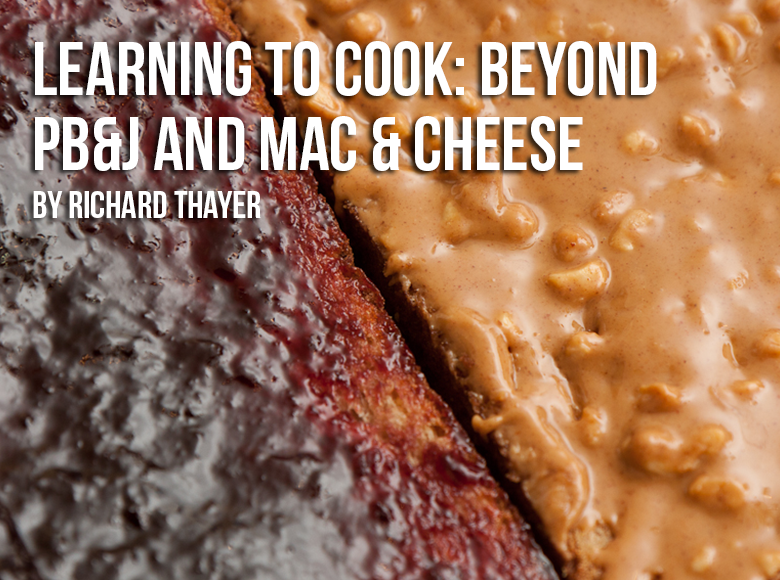I’ve been a picky eater ever since I can remember. I don’t like vegetables or most fruit. I generally don’t like green foods. I absolutely hate the fibrous crunch of lettuce, celery, broccoli—you name it. Going out to eat in my high school years with friends was basically me ordering a dish, picking off 50% of the contents, and eating what little remained, unless I was fortunate enough to find the one dish that wasn’t covered in a salad and coleslaw. So how did I fall in love with food? It seems unlikely, considering that I entirely hate a major food group.
My family went on vacation the summer after my sophomore year, and my mom desperately wanted to eat at this restaurant she’d seen reviews for. It was her birthday, and I was dragged along, slightly against my will. What was wrong with just going to the Outback for another Bloomin’ Onion and some of their ridiculously portioned cheesecake slices? What about their awesome dark brown bread they served with a huge knife running through it?
I didn’t know it, but I was about to lose my footing. Birthday dinners would never be the same for me.
I swooned after one bite of something utterly and impossibly amazing. One little piece of steak. It looked so sad on this large white plate, all by itself. I pitied it, put it on my fork, and put it in my mouth. What I tasted was this juicy, creamy, melt-in-your-mouth slice of heaven. Just barely crispy on the edges, but succulent all the way through, it teased every sense out of my feeble teenager mouth. It was heavenly, and suddenly Outback seemed boring, for peasants only. I was awestruck that something so small could pack such a punch, bring up so many wonderful food-related feelings. When the time came to order dessert, I decided to be adventurous and ordered something with fresh fruit. A raspberry “napoleon”: chantilly cream layered with fresh berries with crispy pastry tuilles in between. The order shocked my parents. I astounded them again when I ate bite after bite of my dessert (previously, I’d only been interested in artificial fruit flavors).
From then on, there was a small obsession with finding a perfect bite to meet that piece of meat. Now that my parents were not as worried about me finding something to eat on any given menu, we tried new restaurants. I was enjoying new flavors, but I kept running into all of these pesky vegetables. They were on every entrée, present as a garnish on every appetizer. Sometimes, they even made it to dessert, which disgusted and horrified me. About a year after the best piece of steak ever, my mom grew tired with me leaving half the plate behind. She told me, “Finish your plate or you can pay for your share of the food,”—and with those prices, I was horrified. When a dish was a solid week’s worth of earnings at my then-shitty-semi-retail job, avoiding the vegetables was clearly not worth it when I wanted to go to Disneyland over Spring Break.
So I put the piece of asparagus in my mouth, chewed briefly, and swallowed. And it wasn’t love. It was still mild disgust, but the idea of paying for something and not eating it (at least at a high price point) started to gall me. Bite after bite, frown after frown, the vegetables went away and the plate was empty. It wasn’t the worst thing ever, but it wasn’t something I’d choose to do on an everyday basis. My family found it entertaining, that I would break such a hard-and-fast eating rule for a fancy meal.
I’d like to say that day changed something in me, but it didn’t. I still don’t like greens, though I’ve compromised and started to enjoy some fresh fruit more often. The love of food, great food made with immense care, pushes me to keep trying new and exciting things. So I keep trying different restaurants with exotic menus and preparations. And I’ll have you know, I recently ate a large slice of cucumber with eggplant relish and didn’t throw a tantrum (or throw up).

Photo by Sara Slattery
